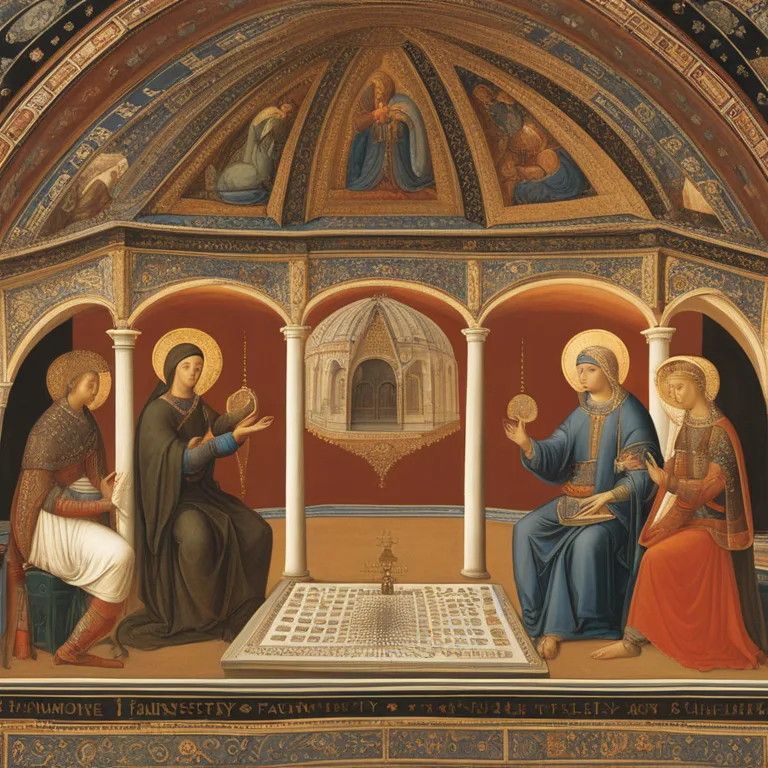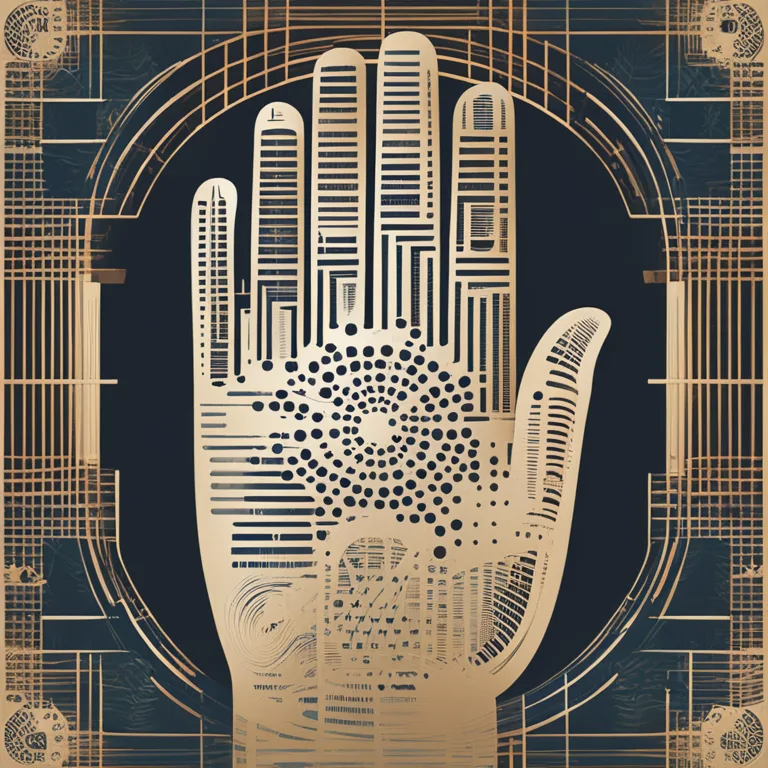
The Roots of Palmistry: Tracing the Ancient Art
Embark on a journey through time to discover the mysterious origins of palmistry, the ancient practice of interpreting palms for insight into one's life.
article by Nora Pennington
The Dawn of Palm Reading
Palmistry, also known as chiromancy or palm reading, is an ancient practice that traces its roots back to various cultural traditions. Spanning thousands of years, it began as a form of spiritual consultation used by the sages of old. Originally, palmistry was intertwined with astrology and was practiced primarily by priests and scholars. These early practitioners believed that the hand held a miniature reflection of the cosmos, with each line and mound correlating to a different aspect of life and the universe.

Cultural Footprints in History
As an esoteric art, palmistry's origin story is embroidered through many cultures, each contributing its nuances. In ancient India, palmistry was described in the Vedic texts, reflecting its importance within Hindu astrology. The Chinese also embraced palm reading, with their own approaches recorded in the I Ching, dating as far back as 3,000 B.C. The practice made its way to ancient Egypt as well, and from there, it spread across the Hellenistic world, blending with Greek knowledge of medicine and the body.

Transmission through the Ages
During the Middle Ages, palmistry was suppressed in Europe, deemed as occult by the church. Nonetheless, it survived largely thanks to the Romani people who preserved and propagated palm reading as they traveled. By the Renaissance era, with a revived interest in classical knowledge and the humanist movement, palmistry once again entered scholarly circles. The 19th century saw a resurgence in interest and a push for a more systematic approach, led by figures like Captain Casimir Stanislas D'Arpentigny and William G. Benham, who sought to categorize hand shapes and lines scientifically.

Modern Evolution and Perception
The evolution of palmistry into the 20th and 21st centuries brought about attempts to integrate it with psychology, particularly with the works of Carl Jung, who explored synchronicity and archetypes that potentially linked with the symbolism in palms. In the contemporary age, palmistry is viewed through varied lenses; some see it as a tool for psychological insight, while others practice it as a mystical art. The digital world of 2024 has even seen the introduction of palmistry apps and online readings, expanding its reach through technology.

Current Practices and Scholarly Interest
Today, scholars and enthusiasts alike pursue palmistry with a respect for its historical depth and a curiosity for its applications in personal development and mindfulness. New age practitioners connect palmistry with a holistic view of health and energy, often combining it with other wellness practices. Despite its ancient roots, the art of palm reading stays relevant, with continued research and explorations that attempt to decipher the knowledge ensconced within the human palm.
Published: 1/3/2024
Modified: 1/3/2024
More predictions
Come back here soon to learn more about yourself and your future


The Mysteries of Palmistry
Delve into the ancient art of palmistry to uncover the secrets held within the lines and features of your hands.


The Secrets In Your Palm
Discover the intriguing world of palmistry and what the lines on your palm can reveal about your personality, destiny, and life path.


Palmistry Insights
Delve into the lines of your hands with our comprehensive guide to palmistry and discover what your palms may reveal about your life's path, personality, and future.